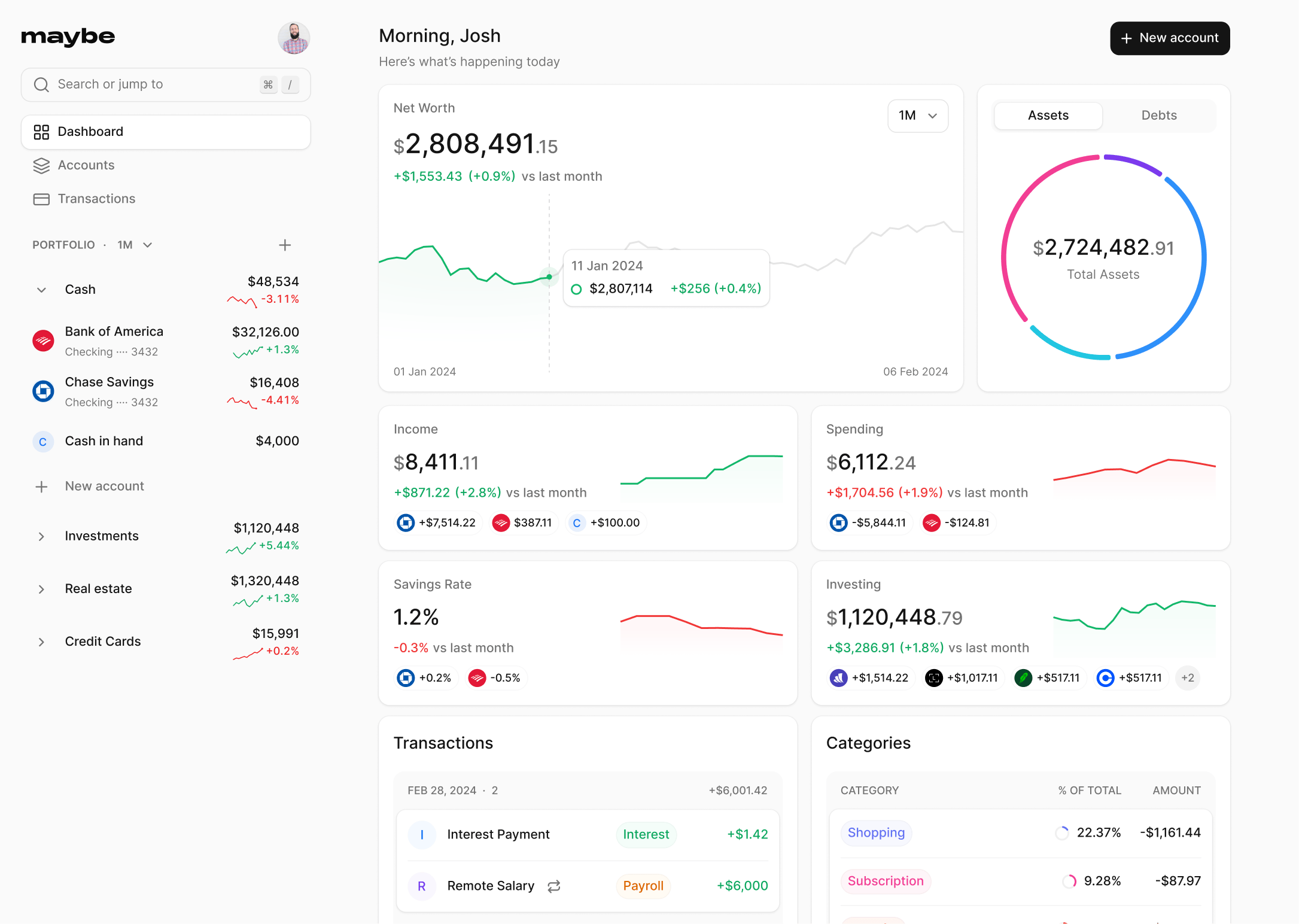Top Budgeting Categories to Simplify Your Finances

Author
Josh Pigford
In today's fast-paced world, the significance of financial planning cannot be overstated, making the mastery of budgeting an essential skill. At the heart of financial wellness lies an effective budget, streamlined by prioritizing the right budgeting categories. These categories not only help in distinguishing between essentials and non-essentials but also pave the way for a simplified, stress-free financial management. Given the overwhelming array of expenses individuals face daily, understanding and applying the correct budgeting principles has become more crucial than ever. It's not just about tracking spending---it's about making intentional choices that align with personal financial goals.
Common Budgeting Categories
Housing
- Mortgage or rent
- Property taxes
- Household repairs
- HOA fees
Food
- Groceries
- Restaurants
- Pet food
Transportation
- Car payment
- Car warranty
- Gas
- Tires
- Maintenance and oil changes
- Parking fees
- Repairs
- Registration and DMV Fees
Utilities
- Electricity
- Water
- Garbage
- Phones
- Cable
- Internet
Medical/Healthcare
- Primary care
- Dental care
- Specialty care (dermatologists, orthodontics, optometrists, etc.)
- Urgent care
- Medications
- Medical devices
Insurance
- Health insurance
- Homeowner's or renter's insurance
- Home warranty or protection plan
- Auto insurance
- Life insurance
- Disability insurance
Debt
- Personal loans
- Student loans
- Credit cards
Savings
- Emergency fund
- Big purchases like a new mattress or laptop
- Other savings
Detailed vs. Simple Budgeting
Detailed Budget Categories
When it comes to detailed budgeting, individuals often utilize various software that requires the input of numerous categories and subcategories. This method allows for a granular tracking of finances, enabling one to see precisely where every dollar is going. For those who prefer a meticulous approach to managing their finances, detailed budgeting can be incredibly useful. It involves breaking down expenses into specific categories such as streaming services, which can then be consolidated into a single "streaming services" category for simplicity without losing the detail.
Simple Budget Categories
On the other hand, simple budgeting advocates for a more streamlined approach. It suggests using broad categories like food, gas, utilities, and spending to simplify the budgeting process. This method is less time-consuming and can significantly reduce financial management headaches. A simple budget requires regular, albeit brief, maintenance to ensure finances stay on track. Devoting just 15-20 minutes a week to check on one's financial status can greatly simplify one's financial life, preventing any potential financial messes from occurring later.
Choosing the Right Method for You
The choice between detailed and simple budgeting ultimately boils down to personal preference and financial goals. Some individuals might find satisfaction in tracking every category to understand their spending habits better. Others might prefer a simpler, more broad-view approach to avoid feeling overwhelmed by the minutiae of their finances. The key is to do what works best for you. Whether it involves combining categories for a more straightforward overview or meticulously tracking every expense, the right method is the one that aligns with your financial objectives and lifestyle.
Tips for Effective Budgeting
To simplify your finances and achieve your financial goals, incorporating effective budgeting strategies is essential. This section outlines practical tips to enhance your budgeting process, ensuring a more organized and financially sound approach to managing your money.
Tracking Your Spending
- Understand Your Expenses: Begin by listing all your expenses to get a clear picture of where your money goes. This includes both fixed and variable costs, from rent and utilities to dining and entertainment.
- Identify Spending Patterns: Regularly review your bank and credit card statements to recognize your spending habits. This helps in pinpointing areas where you can cut back.
- Use Budgeting Apps: Consider leveraging technology by using budgeting apps. These tools can simplify the tracking process, allowing for real-time updates and insights into your spending.
Setting Realistic Goals
- Define Your Financial Objectives: Whether it's saving for a vacation, purchasing a home, or preparing for retirement, clearly outline your goals.
- Implement the 50/30/20 Rule: Allocate 50% of your income to needs, 30% to wants, and 20% towards savings and debt repayment. This can help in maintaining a balanced budget.
- Be Specific and Measurable: Goals should be specific, measurable, achievable, realistic, and time-bound (SMART). This framework increases the likelihood of success.
Adjusting Your Budget Regularly
- Reevaluate Periodically: Life events and financial situations change. Regularly updating your budget ensures it aligns with your current needs and goals.
- Incorporate New Expenses: Always add new expenses to your budget as they arise to avoid overspending.
- Build an Emergency Fund: Prepare for unforeseen expenses by saving three to six months' worth of living expenses. This provides a financial cushion, reducing the need for budget adjustments due to emergencies.
By implementing these tips and regularly reviewing and adjusting your budget, you can create a solid foundation for financial stability and growth.
FAQs
Understanding Different Budgeting Strategies
1. What are the various types of budgeting methods used by companies?
Companies utilize seven main types of budgeting strategies, including the strategic plan budget, cash budget, master budget, labor budget, capital budget, financial budget, and operating budget. For insights into specific budget applications, refer to resources like the Union Budget 2021-22 Summary.
2. Can you explain the 50-30-20 budgeting rule?
The 50-30-20 rule is a guideline for budgeting that suggests dividing your income into three categories: 50% for essential expenses, 30% for discretionary spending or leisure, and 20% for savings and paying off debt. This rule helps in structuring a balanced budget.
Core Elements of Any Budget
3. What are the essential components of a budget?
A budget typically comprises five fundamental elements: income, fixed expenses, debt, variable expenses (including unplanned expenditures), and savings. Starting with your income, these elements provide a framework for managing your finances effectively.
Alternative Budgeting Formulas
4. How does the 70-20-10 budget formula work?
The 70-20-10 budgeting formula suggests allocating your post-tax income into three categories: 70% for daily living expenses, 20% for savings and debt repayment, and 10% for additional savings or charitable donations. This method aims to simplify money management by clearly defining spending and saving categories.
Imputed Income: What It Is and How It Affects You

Josh Pigford
How to take charge of your personal finances

Josh Pigford
Building an Asset: Strategies for Long-Term Growth with Maybe

Josh Pigford
Join the Maybe  waitlist
waitlist
Join the waitlist to get notified when a hosted version of the app is available.
